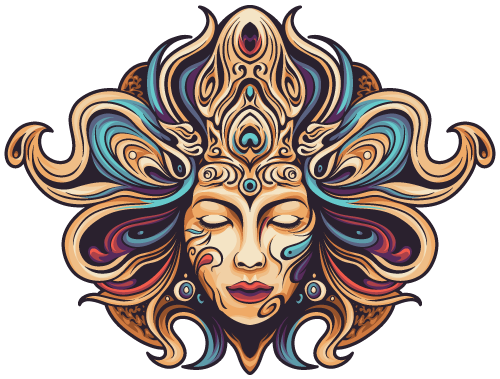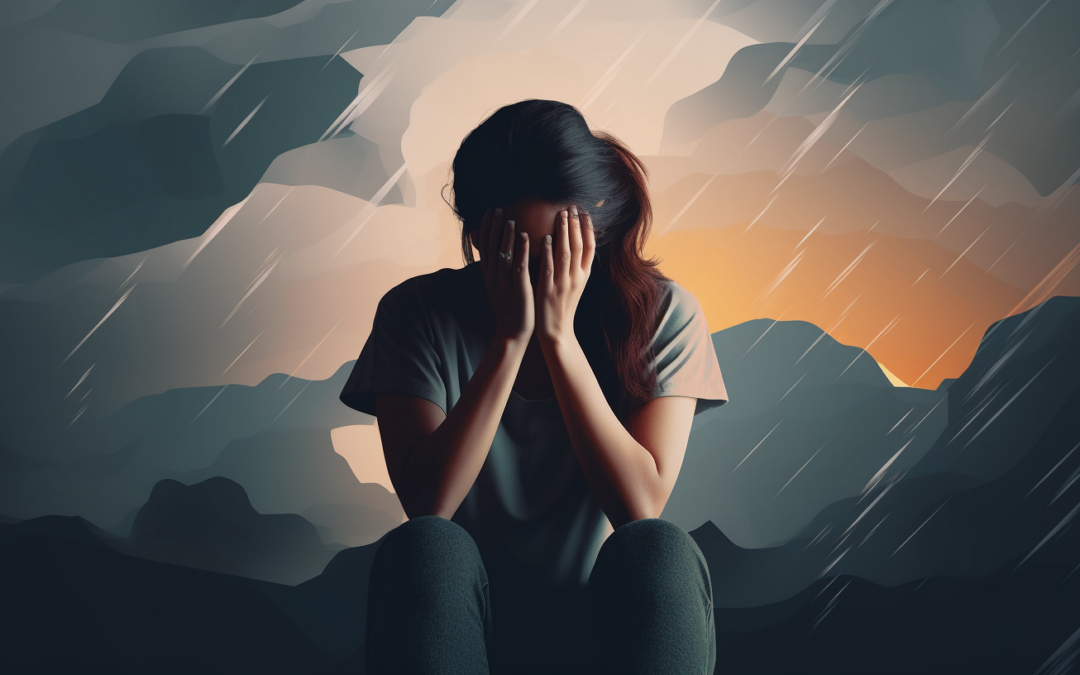Depression and Anxiety: Can Psilocybin Help?
Depression and anxiety are widespread mental health conditions affecting millions of people worldwide. These disorders often manifest as persistent feelings of sadness, hopelessness, and excessive worry, impacting every aspect of an individual’s life, from personal relationships to job performance. Biologically, they are linked to imbalances in brain chemicals, particularly neurotransmitters like serotonin, dopamine, and norepinephrine, which play key roles in mood regulation. For example, individuals with depression often exhibit lower levels of serotonin, a neurotransmitter that contributes to feelings of well-being and happiness.
Traditional Treatments and Their Limitations
The standard treatment approach for depression and anxiety typically involves a combination of psychotherapy, such as cognitive-behavioral therapy or interpersonal therapy, and medications. The most commonly prescribed drugs are selective serotonin reuptake inhibitors (SSRIs) like fluoxetine (Prozac) and escitalopram (Lexapro), and benzodiazepines like alprazolam (Xanax) and diazepam (Valium). While these treatments can be effective, they are not universally successful. Some individuals may not respond to these drugs or may experience bothersome side effects such as weight gain, sexual dysfunction (in the case of SSRIs), or dependency (in the case of benzodiazepines).
Psilocybin: A Promising Alternative
Recent studies have started exploring the potential therapeutic effects of psilocybin, a psychedelic compound naturally found in certain types of mushrooms. Clinical trials have shown that psilocybin can produce substantial antidepressant effects, in some cases outperforming conventional antidepressants like escitalopram[1]. The substance works by activating serotonin receptors in the brain, which can result in both hallucinogenic and antidepressant effects[6].
The Therapeutic “Trip”
A key aspect of psilocybin therapy is the hallucinogenic “trip” that users experience. During this period, individuals can have profound, dreamlike experiences that allow for deep introspection and a new understanding of their emotional landscape. For example, a person might confront past traumas or gain new insights into their depressive or anxious thought patterns. This psychedelic journey is believed to play a crucial role in the healing process associated with psilocybin therapy.
Lasting Effects and Potential for Anxiety Treatment
Psilocybin-assisted therapy appears to provide long-lasting relief from symptoms. In a study following up with individuals who had received psilocybin-assisted therapy, the substantial antidepressant effects of the treatment were found to potentially last at least a year for some patients[7]. Moreover, meta-analyses of several studies have indicated that psilocybin might also have beneficial effects on anxiety[5, 8].
Potential Risks and Side Effects
While psilocybin therapy shows great promise, it is not without potential risks. The intensity of a psychedelic trip can sometimes result in transient psychological distress, such as paranoia or panic reactions. Physical side effects, including nausea, increased heart rate, and changes in blood pressure, can also occur. As we continue to explore the therapeutic potential of psilocybin, understanding and mitigating these risks & side effects.
As we continue to explore the therapeutic potential of psilocybin, understanding and mitigating these risks is crucial. More research is needed to develop protocols that ensure safety and effectiveness, and this treatment should always be administered under the supervision of trained professionals in a controlled setting.
Psychedelic-Assisted Psychotherapy: A Comprehensive Approach
In a typical psychedelic-assisted therapy protocol, the use of psilocybin is combined with traditional psychotherapy. The process starts with preparatory sessions where therapists and patients discuss expectations, potential experiences, and concerns related to the forthcoming psychedelic session. Following this, the psychedelic session occurs, supervised by trained therapists. During this session, patients take psilocybin and experience the associated psychedelic journey. The insights and emotions revealed during this trip become the focal point for subsequent integrative therapy sessions, where therapists guide patients in understanding and applying these insights to effect positive changes in their lives. For instance, a patient might confront deeply rooted fears during their trip, which are then worked through in following therapy sessions, leading to a lasting reduction in anxiety levels.
Historical and Cultural Context
The use of psychedelic substances for their healing effects is rooted in many indigenous cultures worldwide. These cultures have traditionally used natural psychedelics in ritualistic and spiritual contexts, acknowledging their ability to elicit transformative psychological experiences. In some ways, modern psychedelic-assisted psychotherapy echoes these practices, albeit grounded in a clinical, scientific framework. As the scientific community further explores the therapeutic potential of psychedelics, it is important to acknowledge this rich cultural heritage and learn from these traditional practices, while at the same time ensuring the highest standards of scientific rigor and safety in current and future research.
The Future of Psilocybin-Assisted Psychotherapy
Given the promising findings of recent studies, the future of psilocybin-assisted psychotherapy looks bright. If these results continue to hold up under further scrutiny, psilocybin may soon become a mainstay treatment for depression and anxiety, alongside or perhaps even replacing traditional treatments in some cases. But there is much work yet to be done.
For example, researchers need to investigate the optimal dosage and timing of psilocybin treatment, along with how to best integrate it with other forms of therapy. Furthermore, researchers will need to explore the question of which patients will benefit most from this treatment and whether there are specific markers or characteristics that can predict successful treatment outcomes. Clinical trials comparing psilocybin with the current gold standard treatments are also crucial to establish its relative efficacy and safety profile.
Additionally, while the focus of this article has been on psilocybin’s potential for treating depression and anxiety, it’s worth noting that researchers are also exploring its use for other mental health conditions, such as post-traumatic stress disorder (PTSD), addiction, and end-of-life psychological distress.
Lastly, as the field progresses, there will be a need for training programs for therapists who can guide individuals through the unique process of psychedelic-assisted psychotherapy. These programs will need to blend knowledge from traditional psychotherapy techniques, neuroscience, pharmacology, and perhaps even anthropology, given the rich cultural heritage of psychedelic use.
While there is much we don’t yet know about psilocybin and its potential therapeutic uses, the existing body of research is promising. With continued study and an approach that respects both the power and the potential risks of this unique treatment, we may be on the verge of a new era in mental health treatment.

